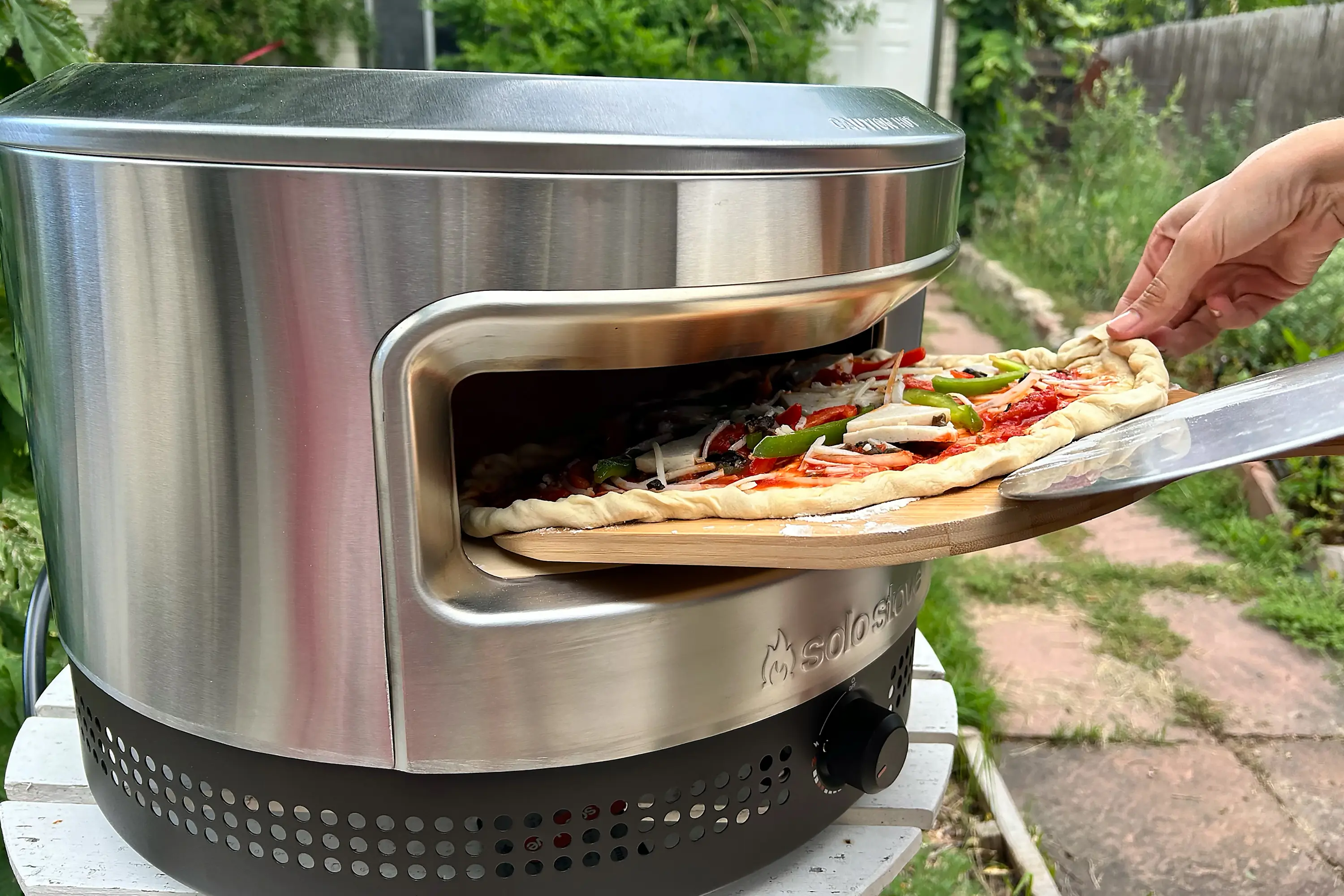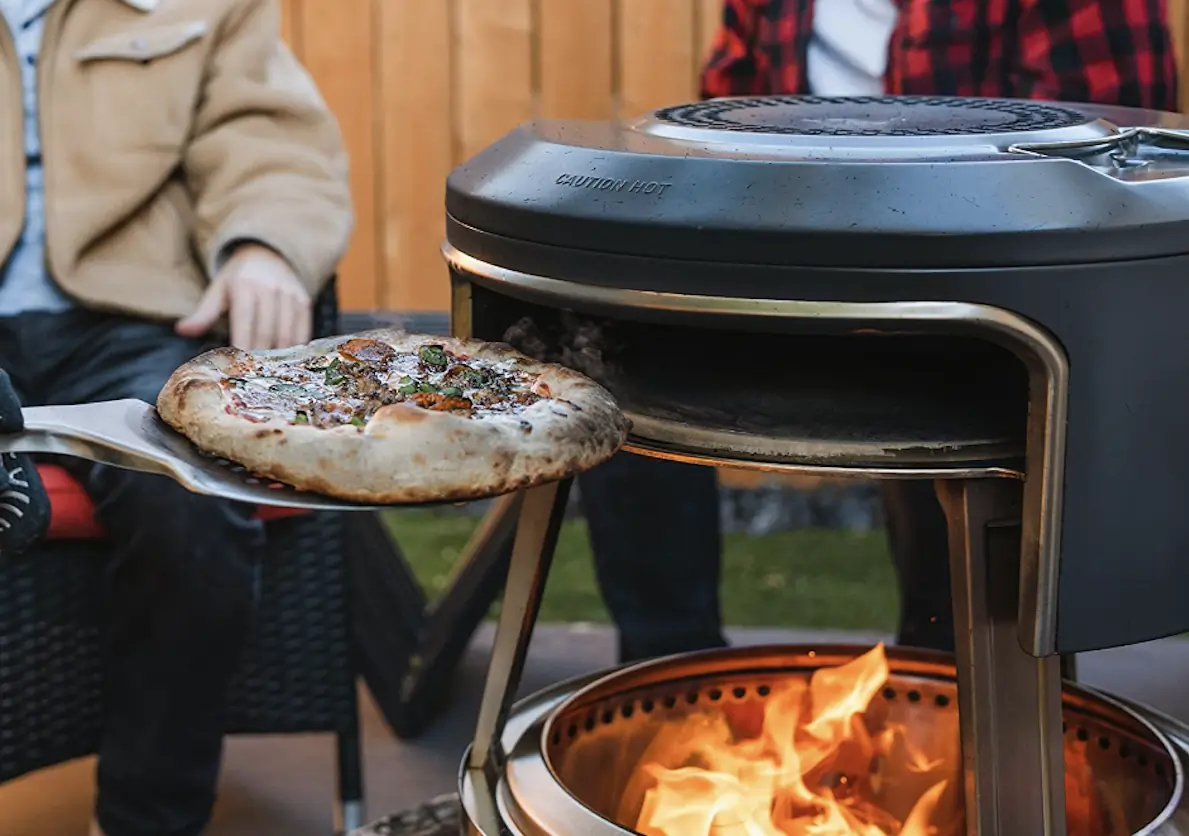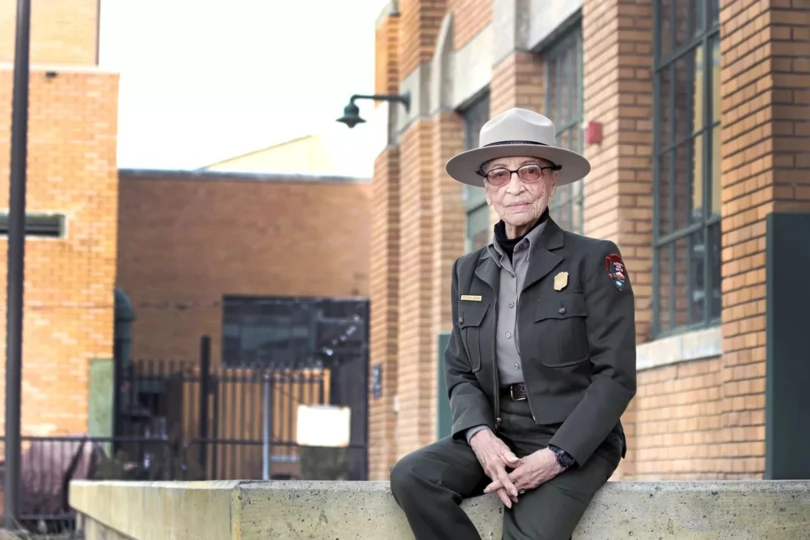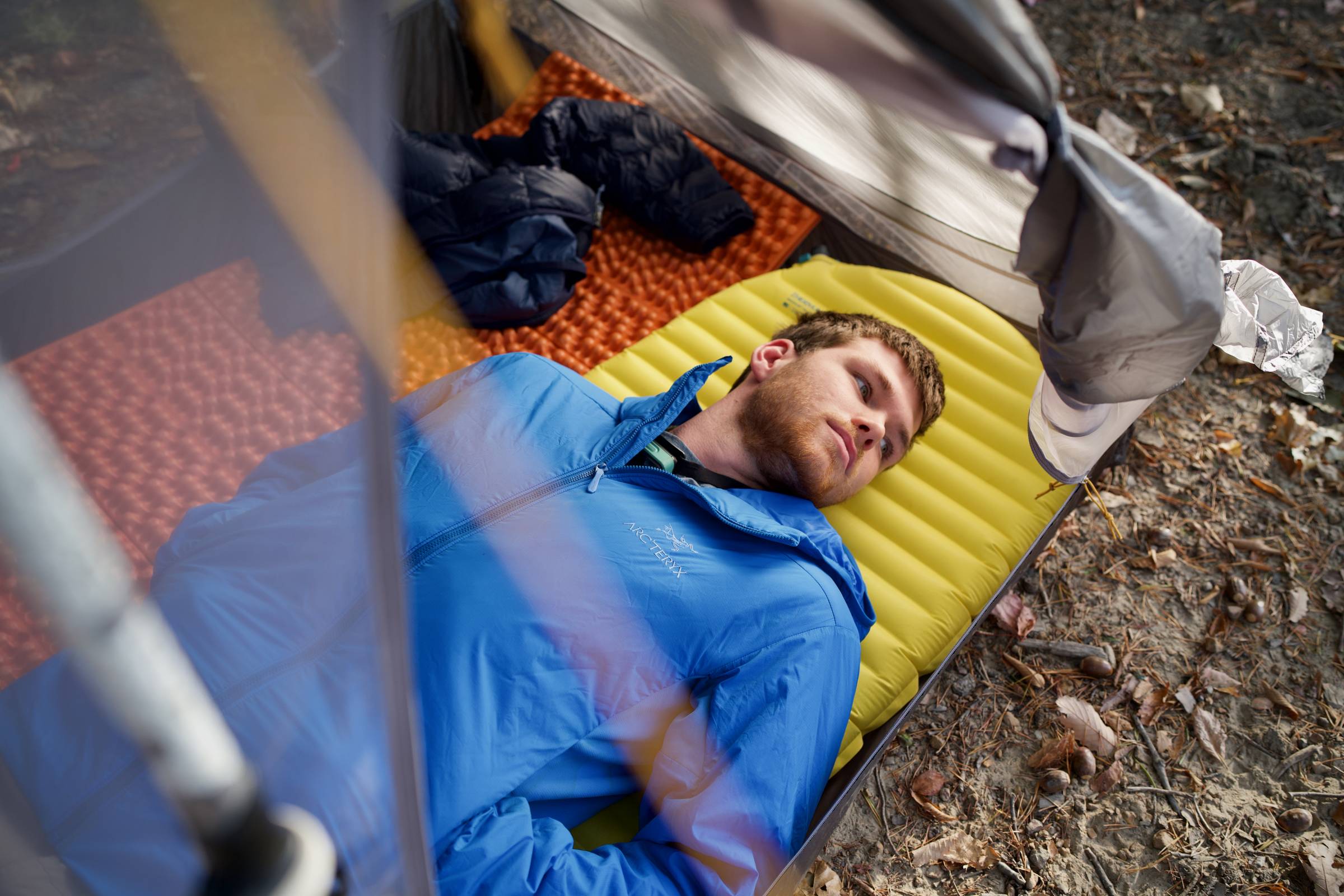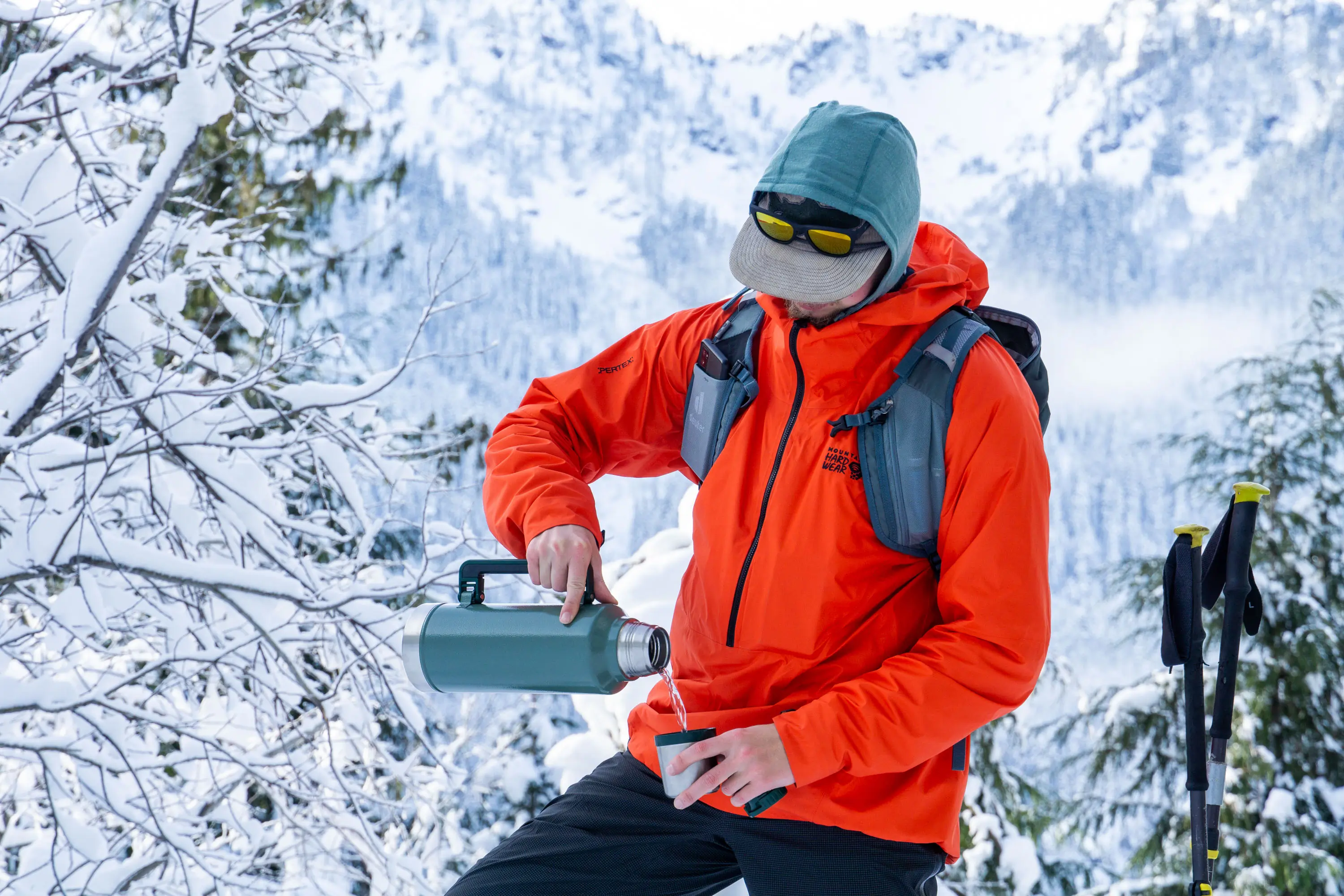By myself and in less than 30 minutes, I had packed a tote bag full of kitchen essentials and accessories, a propane canister, and a shiny new Solo Stove Pi Prime Pizza Oven into the back of my trunk. There was plenty of room to spare. I chucked in a few bags of groceries, my chef’s knives and cutting board, some camp chairs, the dog and his ball, and drove over to my sister’s house.
Sure, a pizza oven like this one could live cemented in your backyard. But after all, this Solo Stove Pizza Oven is the opposite of a 100-pound grill hooked up to a natural gas line. It’s light, moveable, and manageable. And even with the stones installed, it wasn’t crazy fragile or cumbersome to carry.
And the biggest perk for city dwellers like myself? It doesn’t rely on an open fire.
In short: The Solo Stove Pi Prime Pizza Oven ($349) traveled to a few places over the course of a month’s testing. That’s its beauty. It’s great at home but also great for setting up at impromptu parties, or for the campsite. The gas-only fuel option really lowers the barrier of entry for a lot of people — as does its price tag.
It doesn’t require a live fire, or the extra time and materials it takes to build one. And, the unit itself works well and isn’t complicated to set up. I did have some tough critics chime in (my Italian family, and my partner, whose favorite food is pizza) on this stove’s performance. But in the end, this is about as affordable and functional as a personal, portable pizza oven can get.
- Size: 15.6" H x 20.5" W (Opening 13" x 3.5" H)
- Fits: Up to 13" circumference pies
- Fuel type: Propane (gas only)
- Setup time: 3 min.
- Cook time: 60-120 sec., depending on pizza style
- Verified weight: 30 lbs. (with 3-lb. stones installed)
Pros
- Much more affordable than other options on market
- Easy setup
- Fun and fast cooking
- Takes up minimal space at camp
- Better temp control than a wood fire (and no smoke)
- Realistic for apartment and city-dwellers
Cons
- Can cook unevenly — heat is still hotter in the back
- Requires propane canister purchase/rental if you don't already have one
- Easy to set the temperature too high (an infrared thermometer would be helpful)
Solo Stove Pi Prime Pizza Oven Review
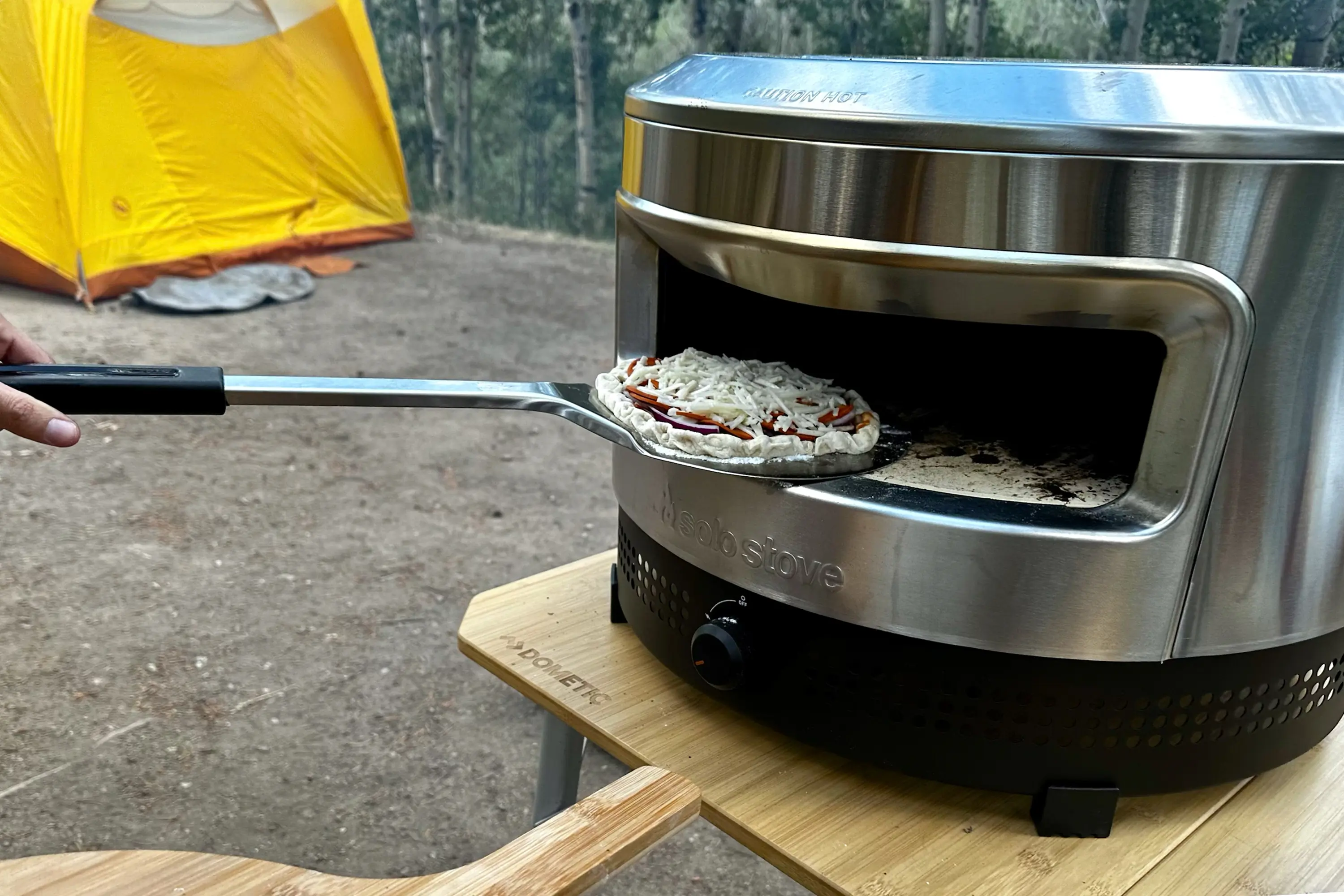
This is neither the first nor the only pizza oven on the market. There are plenty out there, including Solo Stove’s own (first iteration) Pi Pizza Oven, a wood (or wood and gas option) unit. Ooni and Camp Chef both also offer their own iterations.
Is there competition? Yes. Does this Solo Stove Pi Prime Pizza Oven compete, and deserve a shoutout for why it’s great? Also yes.
The four biggest draws for me off the bat were:
- Price
- Easy to use front dial; accessible to a wide range of users
- Effective at making pretty good to damn fine pizza (somewhere in that range, depending on skill level)
- Requires no wood or open fire
Solo Stove’s design, shape, and size of the Pi Prime all hit the sweet spot. The unit isn’t crazy heavy (like the 47-pound Italia Camp Chef), or too short or narrow. The opening at the front can not only fit pizzas 8 inches up to super-thin 14 inches. But it can also fit cast irons, pans, and breads — other things you might want to bake or roast.
As our Ooni tester pointed out, pizza ovens definitely aren’t just for pizza. Unlike the awkwardly shaped Ooni oven, though, the Pi Prime isn’t as difficult to pack into and around in my car trunk. All in all, its 15.5-inch by 20.5-inch total size makes it just large enough for some versatility in cooking, but not unwieldy or difficult to carry or pack up.
Setup


Step one is to unbox the darn thing. As someone who really, really tries to watch my carbon footprint, I do wish the Solo Stove Pi Prime Pizza Oven was packed in less styrofoam and plastic packaging (it did have cardboard for protection in some places).
That being said, this unit is fragile enough that getting it shipped and delivered to consumers in one piece is pretty dang important. It arrived in perfect condition (nothing was damaged, the hose was attached, and the ceramic stoves fit together). I unboxed and inspected the whole thing at GearJunkie’s office, and then took it home.


Moving onto the actual setup. I’m not joking when I say it took me less than 5 minutes to pop this oven onto a table, connect the propane regulator, insert the two ceramic pizza stone halves, and push the dial to light the stove. As soon as I did, it lit. And that was it.
Some setup notes that are helpful: read the manual, be very careful handling the pizza stone inserts, and make sure they are inserted properly and flush with one another.
There are instructions in the manual (which we tested) for manually lighting the Pi Prime with a match if the automatic light doesn’t work. But that never happened to me in practice — even when camping and cooking at 9,000 feet in the Colorado mountains.


I used this stove four or five times. But the first time for me was the most important. I tested it to the max: preheating it, testing all the temperature levels, piling on the toppings (standard ones like homemade sauce and pepperoni, and unorthodox toppings like fruit), and servicing a full-fledged pizza party.
The second and third times, I took it camping to test its packability and portability, and its capabilities outside. Then the last few times, I used it and cleaned it at home.
Prepping, Cooking, and Baking


When I hosted the pizza party, my sister, cousin, and friends all gathered around, notably excited. My family is Italian on one side, so pizza is a staple. Because of this, I knew they’d be harsh critics.
We cooked pie after pie, experimenting first with crust or no crust, crust thickness, size, and then toppings.
Thanks to the constant, even supply of propane gas, compared to a fire, I could definitely tell the difference and had more ease controlling the overall temperature. If you are cooking a smaller, personal-size pizza, definitely start high so the oven heats up to the correct temp. Then drop it lower, somewhere around the third heat notch. For the thin-crust pizzas that had more, heavier, or thicker toppings (raw peppers that we wanted cooked), plus meat or sausage, etc. you’re going to want a higher cook temp off the bat.
For the best results: not doughy in the middle of a thicker pie but not completely charred or overcooked on the bottom, I found it accurate to keep the dial in the red zone, kindly marked by Solo Stove. It only took one or two pizzas to find our rhythm.


Again, I did find the temperature to be more exact and even overall, compared to a woodfire oven or stove. Turning pizzas is a requirement, but fairly easy with the width and height of the Prime’s front opening.
As every pizza is bound to be slightly different in thickness, size, shape, and topping preference, it’s super nice that it’s easy to monitor the temperature and heat, and then adjust all from one place, even one-handed.


At the end of the evening, we graduated to a dessert pizza, inspired by my recent travels to Japan. That pizza included an olive oil base, Japanese plums, cream cheese, basil, and mint, drizzled with honey or agave (after!). Especially with much softer cheeses with higher fat (or sugar) content, like the goat cheeses, burratas, and cream cheeses of the world, you’ll really want to watch the cooking time and make sure nothing catches.
Cons & Considerations
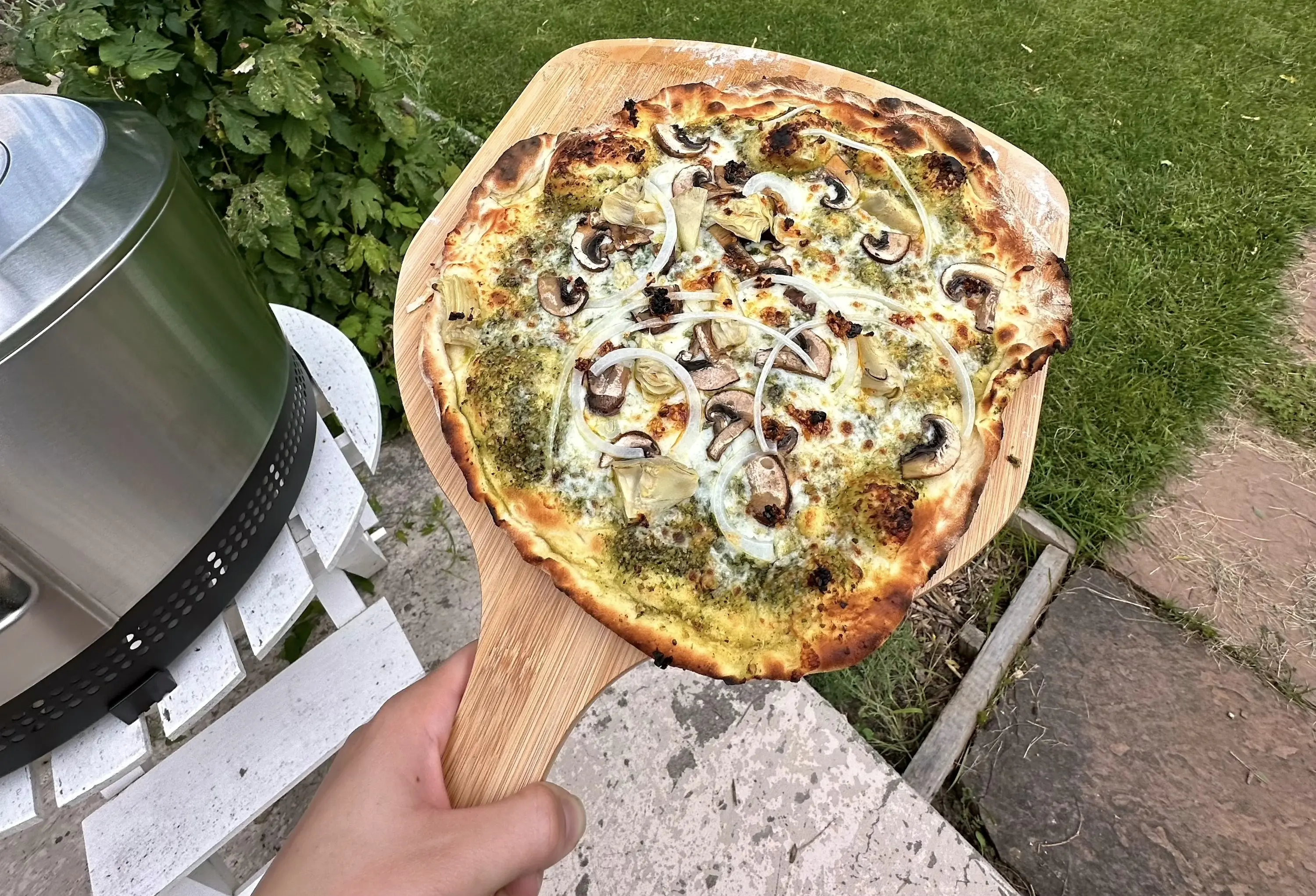



The only cons of this oven are the limitations for larger pizzas, and the balance of heat from the front to the back.
Obviously, the back is where the flame is and where it’s hottest. And the front gives way to a giant opening. So, there’s some heat loss up front. Therefore, cooking in this oven still requires a watchful eye and turning. Is it a drastic difference? No. Will one side of the pizza char a bit if you aren’t watching it? Likely.
Aside from limitations and slightly asymmetrical heat imbalance, there are some other considerations. Even when camping and trying to use only the basic necessities as I did, you’ll need a surface to roll out your dough and build the pizza. You’ll also need a peel/turner, and flour or cornmeal for dusting. Get creative, though!
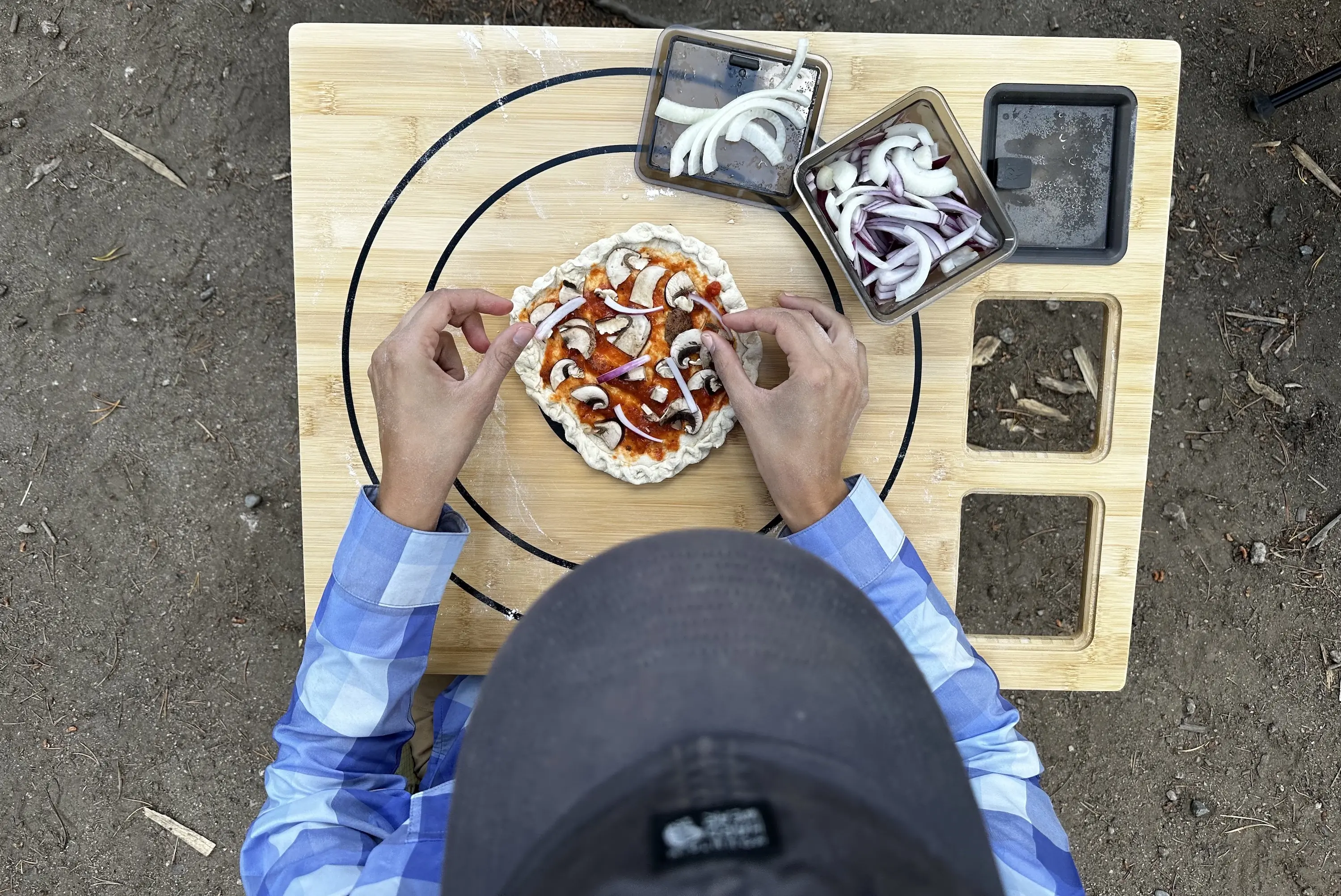



For two people and a menu of from-scratch meals, we only packed one camp table for prep and cooking. You can use a cutting board atop a cooler, or even a pizza peel in your lap. I used the Solo Stove prep board to roll out my dough while sitting in a low NEMO camp chair.
It’s helpful to have a brush or cloth for light backcountry cleanup as well.
Pizza Oven Comparisons


Solo Stove makes some pretty great, and functional, outdoor cooking products. But generally, if you want to cook a pizza (not just on a grill or in your home kitchen), it’ll cost you … big time.
Solo Stove’s original Pi Pizza Oven now retails for $400. If you want the gas duel-fuel option it’s $650. The Pi Fire is $250 but requires the previous purchase of one of its fire pits ($300 and up).
Toss in the cost of firewood, accessories, the time and hassle to light and control a fire each time, and ingredients for dinner and you are looking at coughing up $600 or more for a full-on outdoor pizza setup. This just isn’t feasible for most people. The Pi Prime cuts that investment nearly in half.
Similarly, the popular Ooni ovens do offer a no-frills gas-powered model, unlike Solo’s wood-fueled options. But still, the Ooni Koda Gas Powered Oven costs $400 (or $600), depending on size. And, that one, while it performed great in our test, is harder to balance on smaller or odd-shaped tables and takes up a bit more space. It also has no dial like the Pi Prime, so users can’t control the temperature from the front.
Pricing & Availability


At the end of the day, the Solo Stove Pi Prime is only $349. And possibly, even less when Solo Stoves go on sale throughout the year! Sure, it’s still an investment, but it’s more affordable than the alternatives.
After all our testing, some of the accessories are definitely worth snagging as well if you want easier transferring of pies and more seamless cooking. The prep board (with dough measurement guidelines) is great for any novice pizza maker. Solo Stove’s new Rocker pizza cutter also came in very handy. But neither of those items is essential if you already have them in your kitchen.
The stainless steel peel turner with its long arm and the bamboo peel, however, is a must-have in my book.
Solo Stove Pi Prime: Conclusion


All in all, this oven works great — at least as well as the other pizza oven competition out there. But the Solo Stove Pi Prime eliminates the hassle of dealing with open fire. With its gas-powered competition, the Solo Stove’s portability, size, and ease of use shine through.
The Prime’s size is large enough for cooking a variety of pizzas and other dishes, but small enough to carry around, easy to set up, and actually feasible to use for camping (minimal gadgets required). Consider what kitchen items you might need, and be sure to leave room in your vehicle for the propane canister (yes, this does take up more space). I also packed flour and olive oil but forgot a dishcloth, which would’ve been nice to have. But, a camp towel was easily substituted.
Using the Solo Stove Pi Prime has really elevated my outdoor and camp-cooking game. If you really want an outdoor or backyard-friendly pizza oven, the Pi Prime is now the lowest-priced — and best value — option out there.


